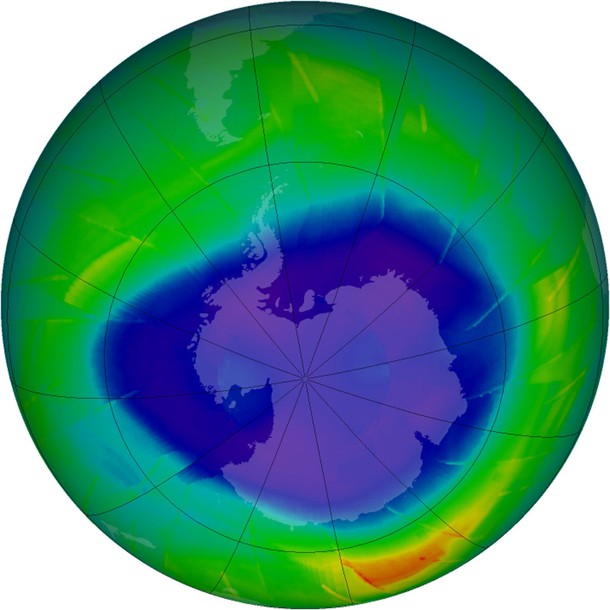
According to MIT news, the ozone hole above Antarctica has shrunk by 4 million square kilometers since 2000, when ozone depletion was at its peak. The findings have also been confirmed by other scientists and published in the journal Science.
They say that the healing process has been a bit slower than expected at times due to the aftermath of volcanic eruptions, which happen every year in different parts of the world. Despite that, they assure us, the ozone layer is finally healing.
The ozone's recovery is said to be the result of constant, steady decline of atmospheric chlorine that comes from chlorofluorocarbons (CFCs), which used to be emitted by dry cleaning processes, old refrigerators, and aerosols, usually found in hairspray and deodorants. In 1987, the Montreal Protocol was signed by almost every country in the entire world in order to prohibit the use of CFCs and help Earth recover.
"We can now be confident that the things we've done have put the planet on a path to heal," says lead author Susan Solomon, the Ellen Swallow Richards Professor of Atmospheric Chemistry and Climate Science at MIT. "Which is pretty good for us, isn't it? Aren't we amazing humans, that we did something that created a situation that we decided collectively, as a world, 'Let's get rid of these molecules'? We got rid of them, and now we're seeing the planet respond."
MIT lead researcher Susan Solomon also believes that there is good chance of the ozone hole shrinking and eventually closing permanently by 2050 - of course, providing that we all continue our efforts in securing a bright future for our environment.



